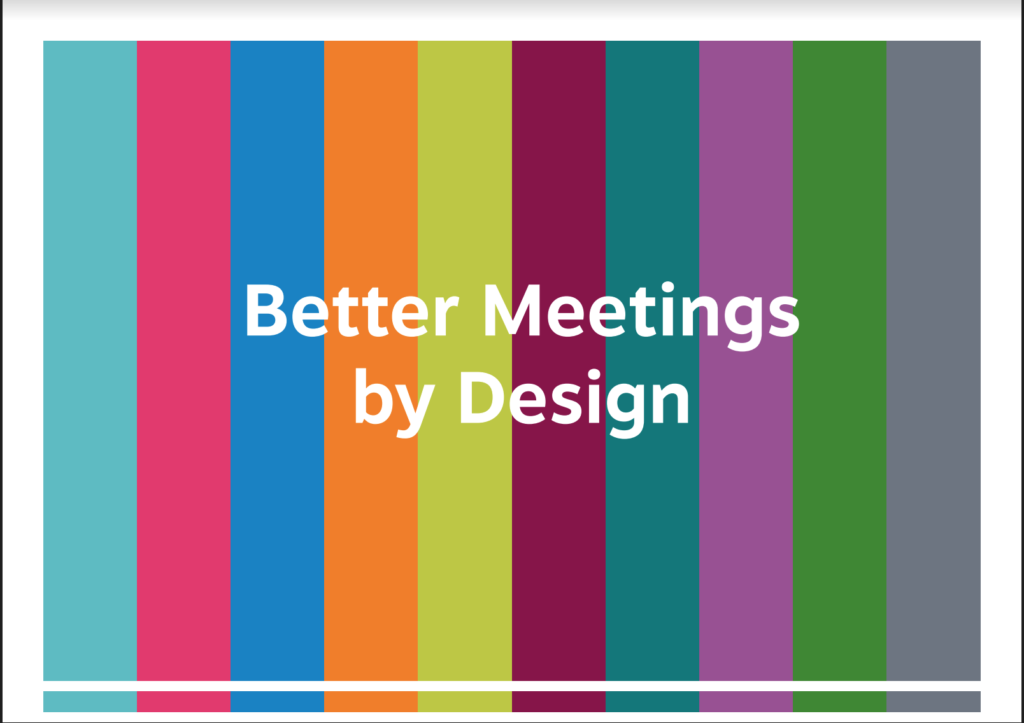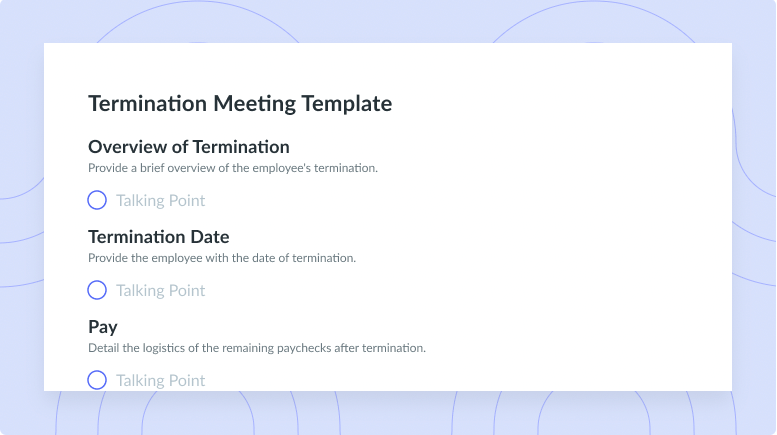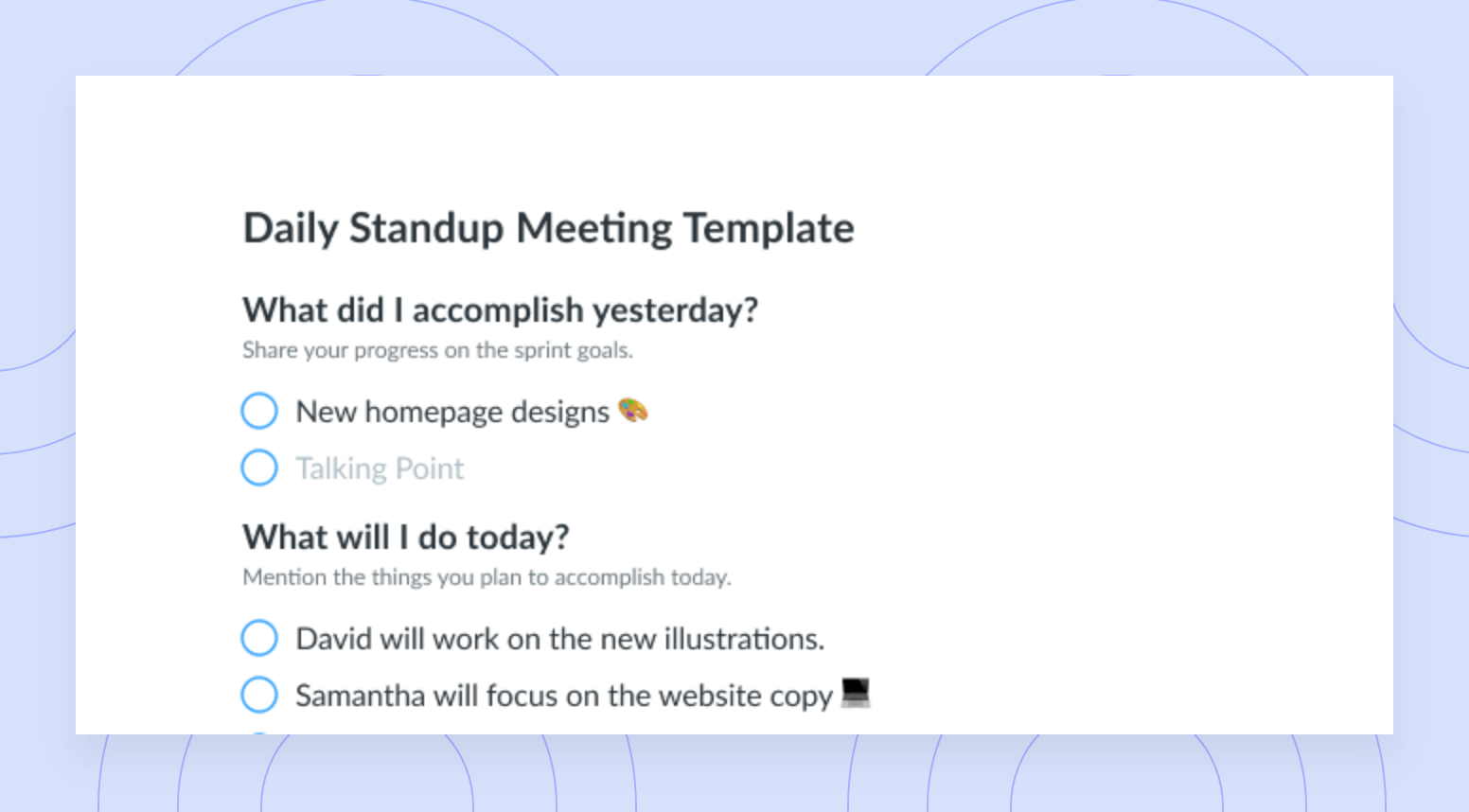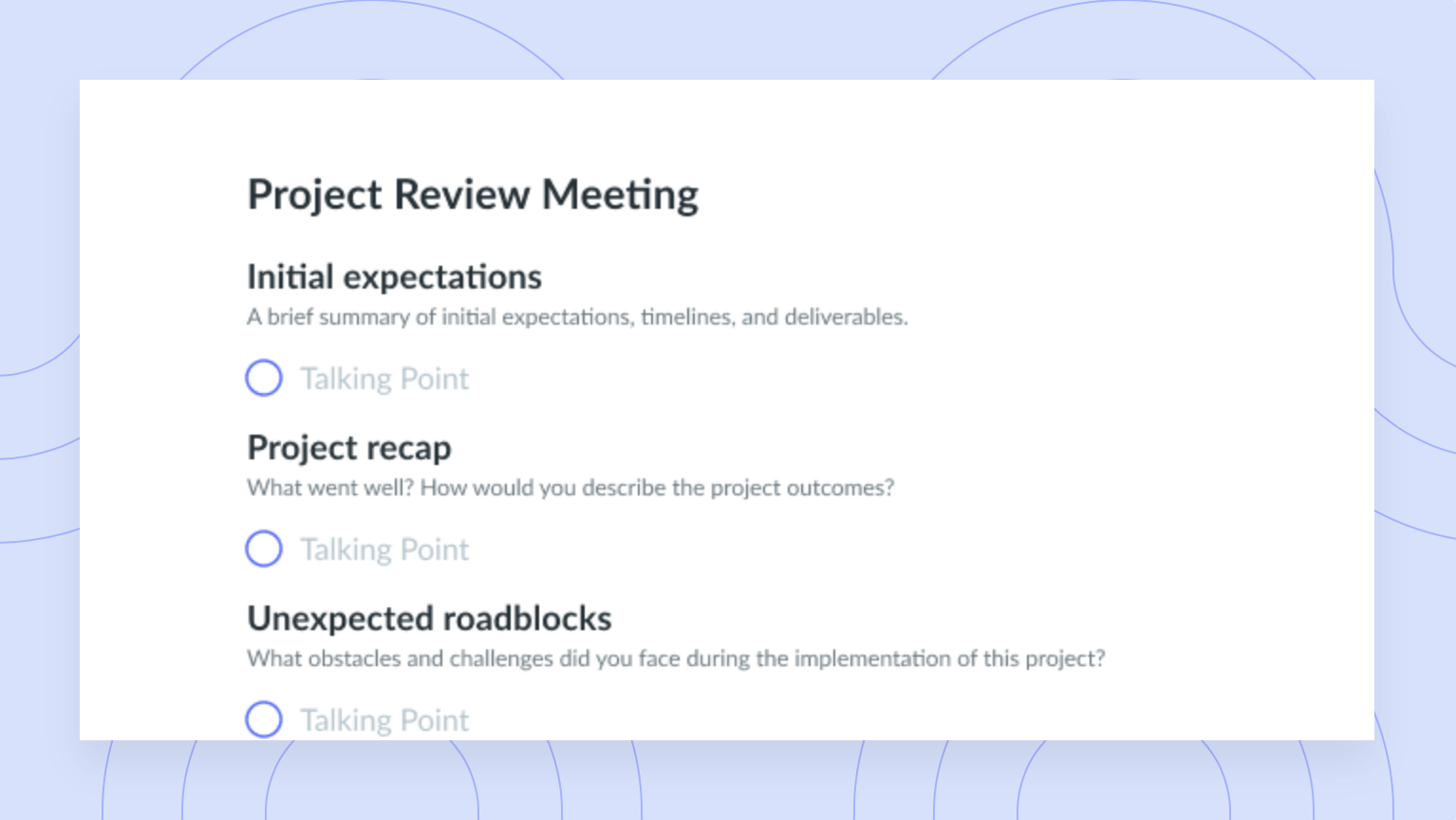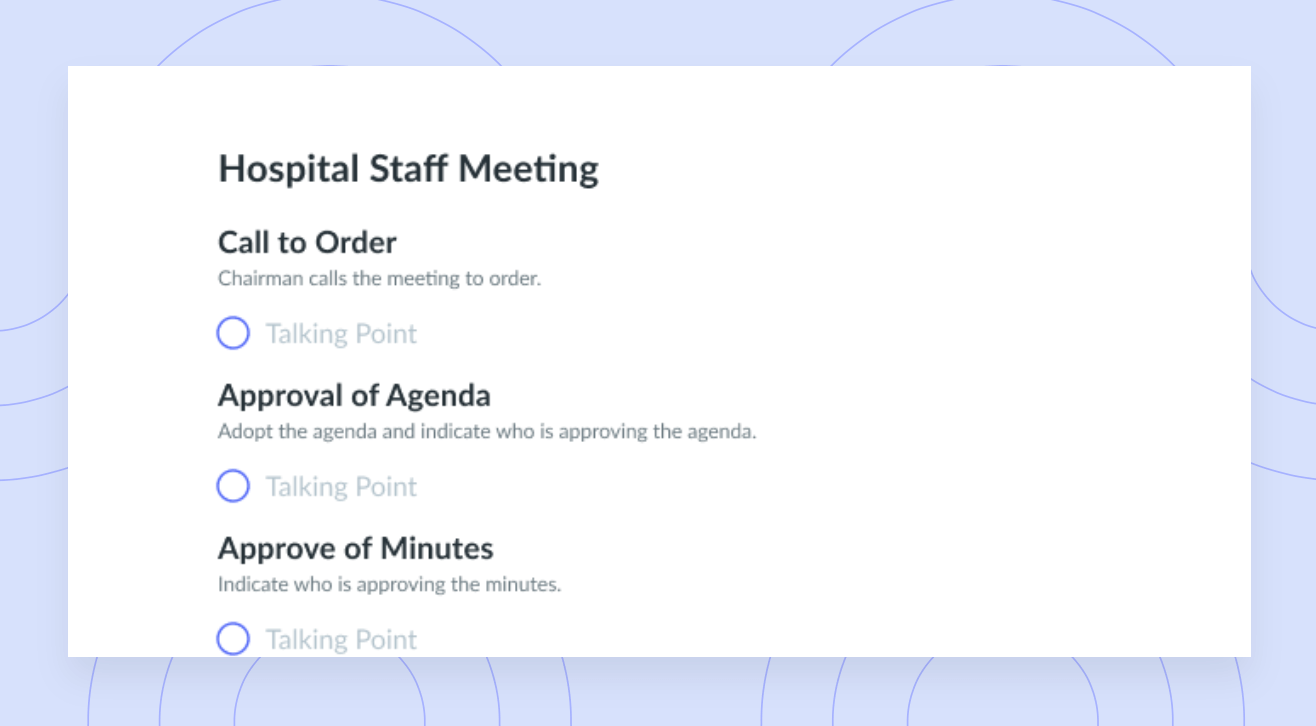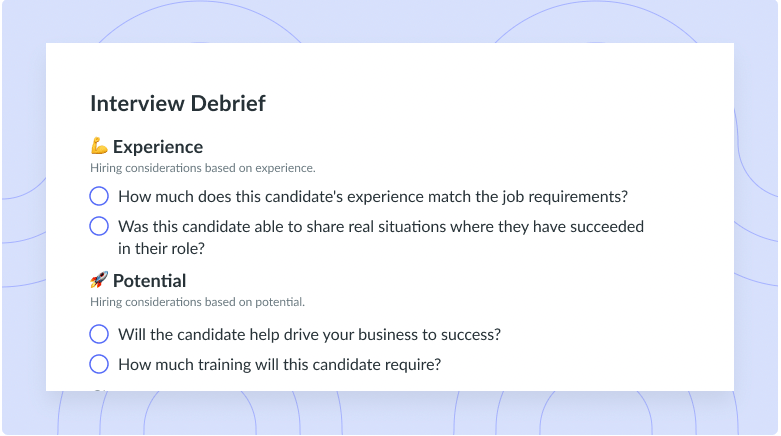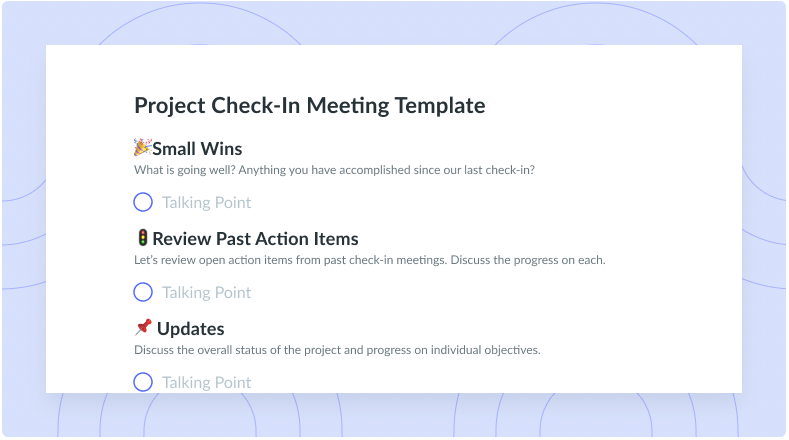What is Meeting Design and Why Does It Matter?
Meeting design is what bridges the gap between an average meeting experience and an exceptional meeting experience.
Meeting technology has evolved significantly over the past couple of years as we’ve had to adapt to remote and hybrid working. Thankfully, this means that most meeting technologies are now pretty predictable and are (generally) quite stable. People, however, are not.
There is a general misconception that meetings are easy to orchestrate. Spoiler alert: they’re not. There are many moving parts at play, with people being the biggest variable by far. Since we meet to communicate and collaborate in real-time, we need to be able to better understand the “people” factor, but there are a few obstacles in our way.
Most people have let suboptimal meetings become the status quo. Meetings aren’t taken as seriously as they should be since the “people” factor is rarely considered: no one is ever asked about their meeting experiences or preferences, meeting competency is rarely assessed, and most organizations haven’t considered the need for a meeting strategy or budget. Meeting design—is what bridges the gap between an average meeting experience and an exceptional meeting experience—is the way to overcome this meeting skills deficit. Check out the Better Meetings by Design card deck for more information!
- What is meeting design?
- How can you design a good meeting?
- 7 meeting building blocks
- Better Meetings by Design resource
What is meeting design?
Meeting design is the purposeful act of creating the end-to-end meeting experience from well-defined objectives to required outcomes. Any good design should add value for the users of that design. Meetings are no different. A well-designed meeting removes uncertainty, simplifies complexity, and eliminates ambiguity for everyone involved in the meeting. People know why they’re invited, what they need to do to prepare, how they will take part, the contribution they will make, and what the likely next steps will be after the meeting. Having a proven framework, a series of meeting design canvases, and the relevant meeting building blocks makes meeting design easier and more accessible to all.
This means there has been, and is, a lack of accepted and adopted frameworks, approaches, tools, and techniques that are key components within other well-recognized design disciplines, and it doesn’t stop there. As we don’t have access to easy-to-use meeting methods, there is little done to equip and enable people with the skills they need to run, and participate in, meetings that drive value while providing a great experience. Everyone is left to their own devices when it comes to meetings, so it’s no wonder most meetings fail to deliver any meaningful outcomes.
Let’s start with the idea of meeting design, but first let’s call out that design and planning or two different things. Planning is part of the meeting design approach, but they are not interchangeable terms.

Great meetings are just the start
Level up your meeting habits to boost engagement and productivity with a collaborative meeting agenda. Try a tool like Fellow!

How can you design a good meeting?
First, we need to determine whether a meeting is even needed. In some cases, it’s possible that we can achieve our goal independently or get help from others, rather than meeting by default.
When we know a meeting is the correct approach, we use the Better Meetings by Design framework. This framework has been built to improve meetings for everyone taking part, whatever their meeting role. It is broken down into three phases for pre-meeting, in-meeting, and post-meeting design. Each phase has two steps:
- Pre-meeting focuses on Plan and Prepare
- In-meeting focuses on Participate and Prioritize
- Post-meeting focuses on Pursue and Persist
There is a design canvas for each phase to guide the design approach.
The framework’s goal is to use the right mix of people, content, and tools to get tasks and projects done as efficiently as possible. Along with the framework, you need the relevant meeting building blocks that align to the framework stages. Within the building blocks there are tried and tested tools and techniques to support every stage of the meeting, with tips on how to bring the various elements together, depending on the purpose, objectives, and outcomes required. To keep learning about the 6Ps of meeting design, check out the Better Meetings by Design resource!
7 meeting building blocks
- Meeting Types
- Meeting Formats
- Meeting Roles
- Meeting Technologies
- Meeting Leader Personas
- Meeting Skills
- Meeting Culture
1 Meeting Types
Workplace meetings commonly get categorized into six different types: information-sharing, problem-solving, ideation and innovation, decision-making, status updates, and team-building. Categorizing meetings by type is useful but can be misleading. Meeting types don’t always stand alone. To make a decision, you may need to share information, get to the root of the problem, generate ideas to solve the problem, and prioritize the ideas before making a decision on a course of action. This is simply not possible without a design approach. To continue learning about the 7 building blocks, check out part 2 of this slide deck by Avolv!
2 Meeting Formats
There are two main communication channels: asynchronous and synchronous, and three meeting formats: in-person, remote, and hybrid. When you design your meetings, you need to consider how to use a blend of asynchronous and synchronous communication to boost productivity for those involved in your meetings.
3 Meeting Roles
There are six main meeting roles, all of which we consider to be contributors. There are two roles that occur in every meeting: leader and participant. Depending on the meeting type, two further roles may be needed: coordinator and facilitator. Larger events may benefit from two more: panelist and producer. During a meeting, an individual may have a single role for the entire meeting, or they may have to fulfill various roles during the meeting. Having the right people in the meeting is important, and so is having the correct number. Everyone should contribute, and no one should be a bystander. Remember, reaching an agreement gets harder the larger the group gets, and the volume of participants also impacts what can be achieved in the allocated time. Carefully consider how many people you invite and the time you allot to the meeting. If you really need to invite larger numbers of people, consider how to help them prepare, and break them into smaller in-meeting working groups when possible
4 Meeting Technologies
Your organization likely has a preferred meeting platform, as will your customers, partners, and suppliers. You may also have access to some meeting productivity applications that help with things like creating a meeting agenda, scheduling meetings, and taking meeting notes. Our aim should be to create an inclusive and equal experience for everyone in the meeting, regardless of how they’re taking part. It’s also important to avoid assuming that everyone has the same understanding of the platform and applications. Before the meeting, let people know what you’ll be using so they have the chance to prepare.
5 Meeting Leader Personas
There are six main meeting leader personas: collaborator, communicator, educator, facilitator, innovator, and invigorator. The leader persona describes the role characteristics or attributes a meeting leader intentionally assumes during the various meeting phases to support the meeting participants in achieving a common goal. As a meeting leader, you’ll likely have to switch between various personas depending on factors like the meeting type, what needs to be achieved, and the group dynamics.
6 Meeting Skills
You can have a framework, know what the building blocks are and how to apply them, and have access to all the relevant technologies, but if you don’t have applicable knowledge of important meeting skills—like communication, learning styles, conflict management and resolution, group dynamics, and facilitation tools and techniques—leading successful meetings will be challenging. The meeting skills building block introduces the core skills required, along with techniques and tools for root cause analysis, idea generation, decision support, and action management.
7 Meeting Culture
Meetings impact everything and everyone. They are where people come together, discuss ideas, make decisions, and have a voice. When you design your meeting, you need to design it for the diverse group of people needed to achieve business outcomes instead of for the outcomes themselves. This building block helps to give your meetings a beating HEART by focusing on the benefits of being humble, engaged, authentic, respectful, and trustworthy.
Better Meetings by Design resource
Parting Advice
Good meetings don’t happen by chance, they happen when they’ve been well designed. If you haven’t done so already, we recommend asking your team about their meeting experiences and preferences, and to consider their feedback when you design your next meeting. To find out how your team feels about meetings, you can ask them to take the Better Meetings by Design survey, and of course you can also take it yourself. Follow the link to take part in the first survey of its kind to establish a ‘baseline’ for how the world does meetings: https://bit.ly/3uQLkt7
About Avolv
Avolv is dedicated to helping individuals and organizations achieve better business outcomes with fewer meetings of higher quality. We are authors of Better Meetings by Design and facilitators of the Global Meetings Survey. We are committed to the continuous improvement of meetings, to drive greater workplace productivity and to help you differentiate your organization through exceptional meeting experiences.
